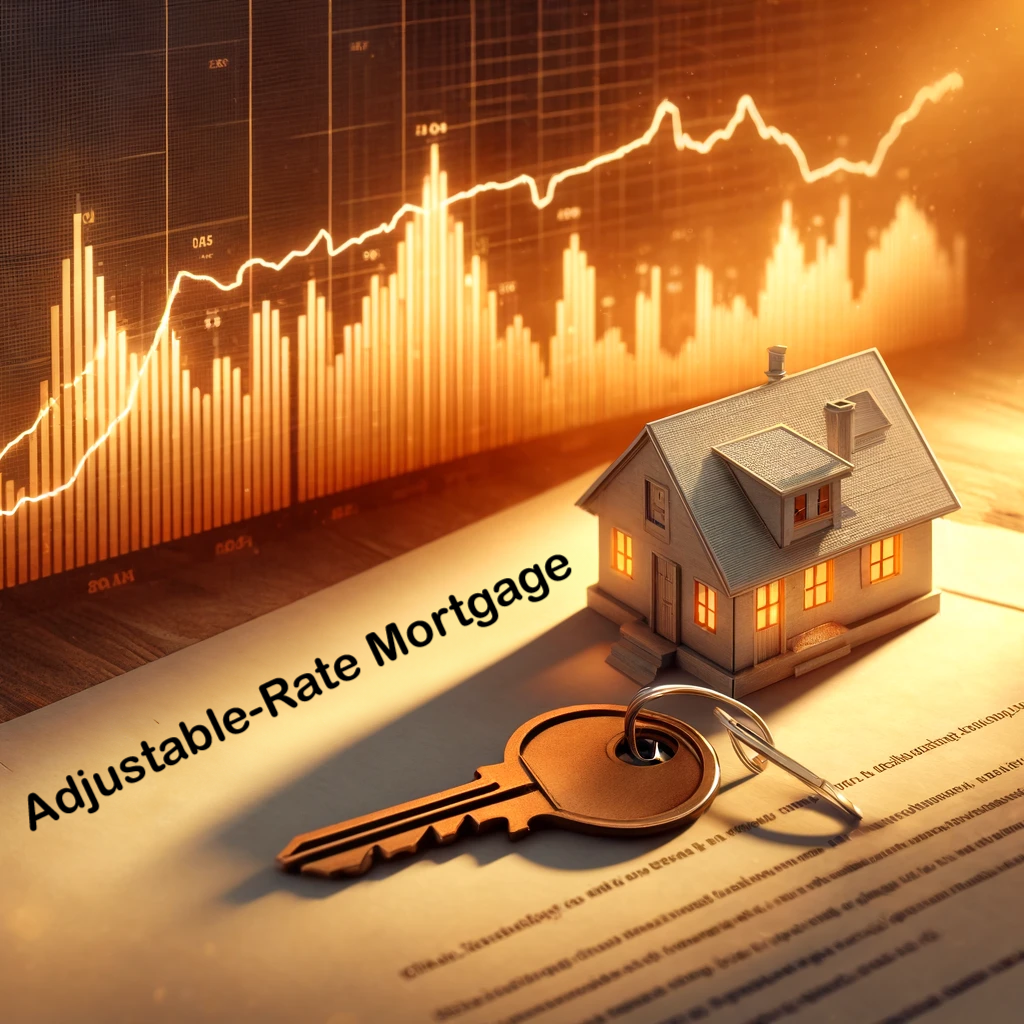
When it comes to home financing, adjustable-rate mortgages (ARMs) are often considered a double-edged sword. They offer potential savings in interest costs but come with the uncertainty of fluctuating rates. In this post, we’ll dive deep into what ARMs are, their pros and cons, and key considerations to help you decide if an ARM is the right choice for you.
What is an Adjustable-Rate Mortgage (ARM)?
An adjustable-rate mortgage is a type of home loan in which the interest rate adjusts periodically based on the performance of a specific benchmark or index. After an initial period during which the rate is fixed, it changes at predetermined intervals, such as annually or monthly.
Advantages of Adjustable-Rate Mortgages:
Lower Initial Rates: ARMs typically offer lower initial interest rates compared to fixed-rate mortgages. This can make them particularly attractive for buyers who plan to move or refinance before the rate adjusts.
Potential Interest Savings: If interest rates go down, your mortgage rate and monthly payments could decrease correspondingly. This potential for reduced interest expenses can be a significant advantage for those willing to take the risk of future rate fluctuations.
Initial Fixed Period: Many ARMs come with an initial period where the rate is fixed (typically 3, 5, 7, or 10 years), which provides some temporary predictability and can be beneficial if you plan your finances around short-term homeownership.
Disadvantages of Adjustable-Rate Mortgages:
Rate and Payment Uncertainty: After the initial fixed period, the interest rate can change based on market conditions. This uncertainty can be stressful as it affects your monthly payments and overall budgeting.
Complexity: ARMs are generally more complex than fixed-rate mortgages. They involve various terms like caps, margins, and adjustment indices, which can be confusing and require a thorough understanding to manage effectively.
Risk of Higher Payments: There is a significant risk that interest rates will increase over time, leading to higher monthly payments that could strain your finances, especially if your income doesn't increase correspondingly.
Key Considerations Before Choosing an ARM:
- Financial Stability: Ensure you have enough financial cushion to handle potential increases in your mortgage payments if interest rates rise.
- Future Plans: Consider how long you plan to live in the home. ARMs might be more suitable if you anticipate moving or refinancing before the rate adjustment period begins.
- Market Trends: Keep an eye on interest rate trends. If rates are historically low, locking in a fixed rate might be safer. However, if you expect rates to drop or remain stable, an ARM could save you money.
- Caps and Limits: Understand the terms of your ARM, especially the caps on how much your interest rate or monthly payments can increase at each adjustment period and over the life of the loan.
Conclusion:
Adjustable-rate mortgages can offer attractive benefits under the right circumstances but come with risks that are not suitable for every homeowner. By understanding both the advantages and the potential pitfalls, you can make a more informed decision that aligns with your long-term financial goals.
Are you considering an ARM but unsure how it fits into your financial strategy? Contact us today to discuss your options and find the mortgage solution that best suits your needs.